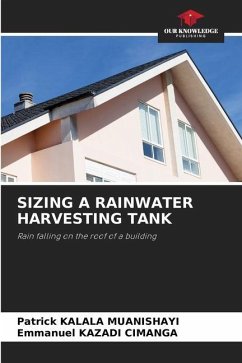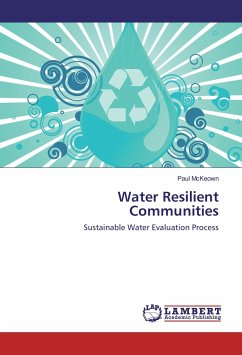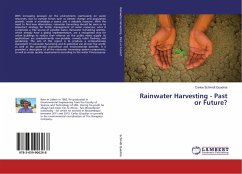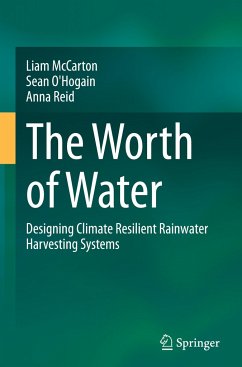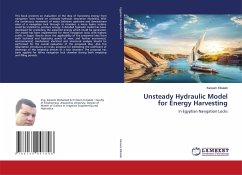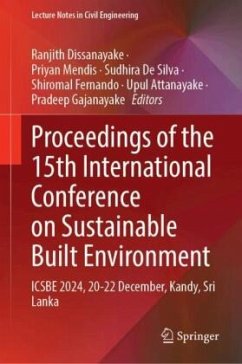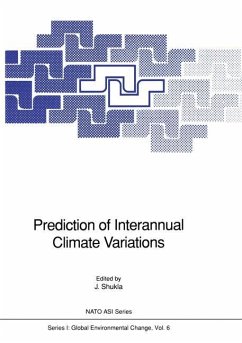
Rain Water Harvesting
Versandkostenfrei!
Versandfertig in 6-10 Tagen
29,99 €
inkl. MwSt.

PAYBACK Punkte
15 °P sammeln!
At the rate in which India population is increasing, it is said that India will surely replace China from its number 1 position of most densely populated country of the world after 20-30. These will lead to high rate of consumption of most valuable natural resource "Water resulting in augmentation of pressures on the permitted freshwater resources. Ancient method of damming river and transporting water to urban area has its own issues of eternal troubles of social and political. In order to conserve and meet our daily demand of water requirement, we need to think for alternative cost effective...
At the rate in which India population is increasing, it is said that India will surely replace China from its number 1 position of most densely populated country of the world after 20-30. These will lead to high rate of consumption of most valuable natural resource "Water resulting in augmentation of pressures on the permitted freshwater resources. Ancient method of damming river and transporting water to urban area has its own issues of eternal troubles of social and political. In order to conserve and meet our daily demand of water requirement, we need to think for alternative cost effective and relatively easier technological methods of conserving water. Rain water harvesting is one of the best methods fulfilling those requirements. The technical aspects of this paper are rainwater harvesting collected from rooftop which is considered to be catchment areas from all hostels and Institutes departmental building at AITRC Campus.



